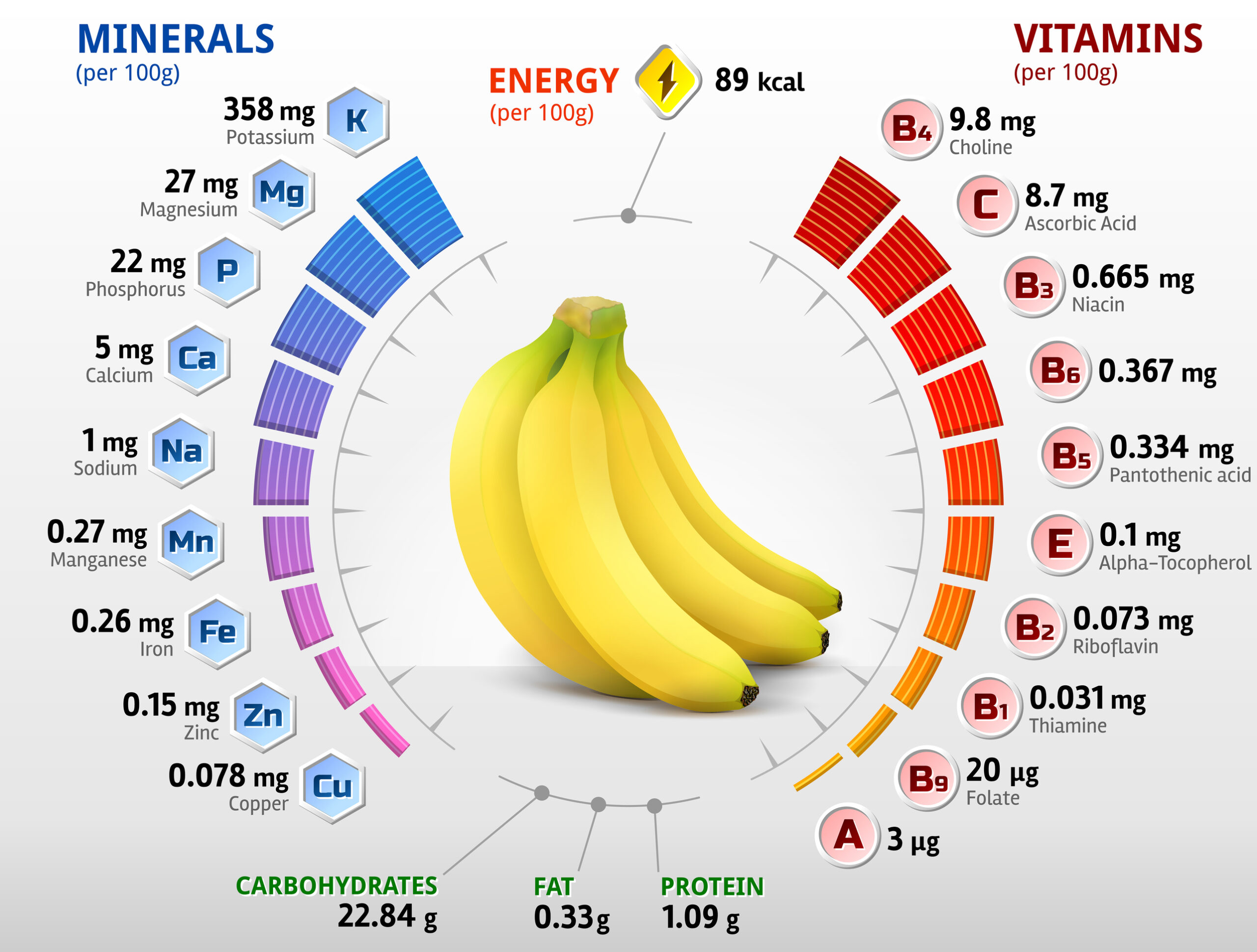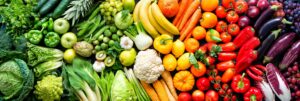Greetings to you,
Below is a chart with all of the healthy vitamins and minerals in bananas. There are truly many health advantages to eating raw, healthy fruits and vegetables that are bursting with life.
For example, a study from Harvard University found that eating blueberries helps to prevent diabetes. Another thing scientists have found is that fresh fruits and vegetables reduce inflammation and stress in the body and can add years to one’s life.
Many of the scientific studies on cherries are done with tart cherries or Montmorency cherries — usually sold as juice, dried, frozen, and in powdered supplement capsules. For those seeking a food-based remedy for sleeplessness and insomnia, the tart Montmorency cherry is known to contain high levels of melatonin, the hormone made in the brain that regulates the sleep-wake cycle.
The European Journal of Nutrition presented a placebo-controlled study that proved drinking tart cherry juice is a great sleep food as it increases melatonin and improves sleep quality. Drinking the juice resulted in longer sleep times, less daytime napping and greater overall sleep efficiency (the ratio of the time spent in bed to the time actually spent sleeping).
Another recent study on the use of melatonin-rich foods for sleep appeared in the journal “Nutrients”. The study was called “Dietary Sources of Melatonin.” Many nuts are known as “drupe fruits”.
These are fruits with pits or stones inside. The researchers for the study in “Nutrients” noted that nuts contain some of the highest quantities of melatonin. Topping the list are almonds and walnuts. Almonds deliver a two-part punch as they are also high in magnesium, a mineral known to induce sleep.
Bananas are high in both magnesium and potassium, and each of these minerals are proven to be a good sleep food in research studies. The Journal “Sleep” recently reported that the use of potassium for sleep results in significant improvements in quality of sleep and less waking up during the night.
Warm milk is perhaps the most famous natural sleep aid. James F. Balch, M.D., author of Prescription for Nutritional Healing, writes that: “A lack of the nutrients calcium and magnesium will cause you to wake up after a few hours and not be able to return to sleep.” The European Neurology Journal supports this with their study showing that the normal course of sleep is achieved by increasing calcium levels in the body.
One natural insomnia remedy showing good results is Sleep Minerals II from Nutrition Breakthroughs. This natural sleep aid contains powerful forms of calcium and magnesium, the best known minerals for relaxation and sleep, as well as for restless leg syndrome, stomach health, teenage insomnia and menopause insomnia.
The ingredients are formulated in a softgel with healthy oils, making them more quickly absorbed than tablets or capsules and providing a deeper, longer-lasting sleep.
Richard P. of Parkville, Maryland says: “The ‘Sleep Minerals are making quite a difference. I was regularly waking at around 3:00 a.m. and after a few days use my sleep improved quite a lot. I wake once a night to go to the bathroom, but the great thing is, I then fall back asleep and sleep several more hours. This has been a great improvement.”
Sleep inducing fruits and minerals are a healthy alternative to taking sleeping drugs, and fruits and vegetables in general are among the healthiest foods in existence. For more information on natural minerals for sleep, visit the Sleep Minerals II page.





